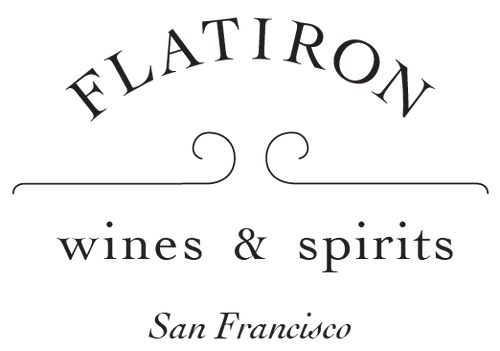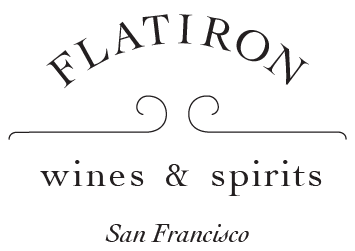Domaine du Possible
We have often written about “reclaimed vineyards” – that is, the recovering of long abandoned vineyards by a new generation of adventurous wine producers. We have never written about a “reclaimed winery”. That is what... Read More
We have often written about “reclaimed vineyards” – that is, the recovering of long abandoned vineyards by a new generation of adventurous wine producers. We have never written about a “reclaimed winery”. That is what Loīc Roure has created with his Domaine du Possible.
From 1920 to 1990, a cave cooperative in Lansac, Roussillon, made wines from the grapes provided by the many small vineholders in the region. Like most wineries in those decades, the goal was quantity and efficiency, and whatever industrial techniques that were available were employed. With French wine consumption way down from its mid-20th century peak, the country just didn’t need so many producers like this, and they stopped making wine in 1990.
Meanwhile, Loic was learning about wine. He quit his desk job and studied with no less than Thierry Allemand! Then he had to find his own vines. It was 2003 and the famous regions were already getting expensive. So he went to Roussillon, where prices were still low and he admired the local terroir, perched as it is on calcareous soils between sea and mountains. He managed to put together a few hectares of vineyards.
But he needed a place to make the wine. So he “reclaimed” the cave. First, he had to clean it up, removing the dust and soot that had accumulated for over a decade. Then he had to realign it with his goals: to make wine as naturally as possible.
Does “natural” mean without sulfur? At first, Loic thought so. Then he realized something: a touch of sulfur, rather than get in the way of expressing Roussillon terroir, actually protected it. With sulfur, his wines were better. So he decided to stop being dogmatic in his approach and introduced sulfur into his wine-making. Ironically, as his winemaking has improved over the years, he’s found that he can use less and less sulfur to achieve the same optimal results.


